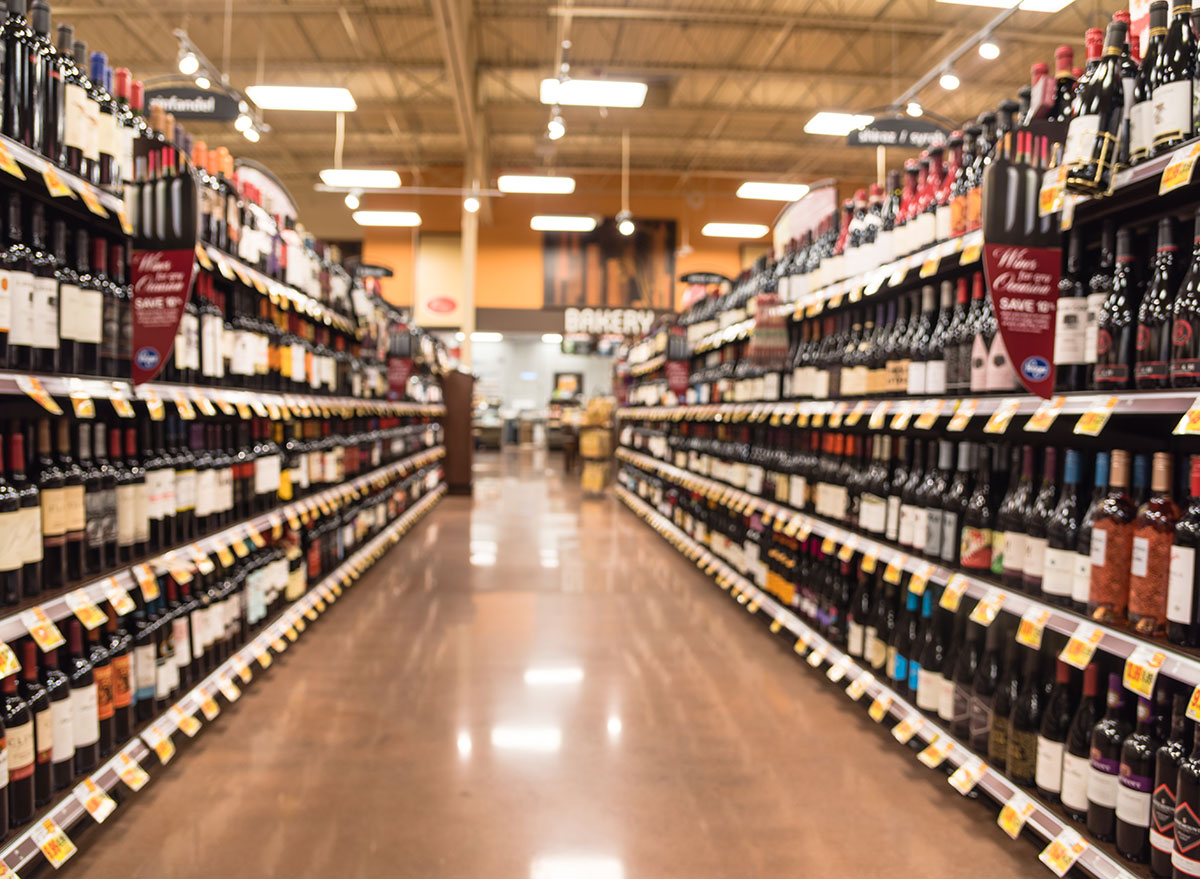The Healthiest Bottle of Wine You Can Drink, According to Dietitians

Winding down your day with a glass of wine or pairing it with your favorite meal or dessert can be such a treat for your soul and taste buds. But from a health perspective, some wines are healthier than others. If you're focused on making the most of your glass of wine, we asked dietitians for their input on the best bottle you can buy. They told us that a dry, red wine is the healthiest type of wine you can drink.
Before we get into that, we first want to address that the key factor when it comes to your health and drinking wine is about quantity, not the type of wine.
"There are actually quite a few health benefits to moderate alcohol consumption related to cardiovascular health and cognitive functioning," says Whitney Linsenmeyer, PhD, RD, LD, Assistant Professor of Nutrition at Saint Louis University and National Spokesperson for the Academy of Nutrition and Dietetics. "Alcohol has the potential to raise HDL ('good') cholesterol levels, prevent damage caused by LDL ('bad') cholesterol, and reduce the formation of blood clots."
The 2020-2025 Dietary Guidelines for Americans define moderate consumption as up to 1 drink per day for women, and up to 2 drinks per day for men. In terms of wine, 1 drink is 5 fluid ounces.
"The story flips when people consume more than 1-2 drinks per day; we then see an increased risk for cardiovascular disease, certain cancers, and liver disease," says Dr. Linsenmeyer. (Related: Dangerous Side Effects of Drinking Too Much Wine, Says Science.)
From a calorie standpoint, wines hover around 120-150 calories per glass, so no matter which type you're choosing, the differences are somewhat negligible from that standpoint," says Jaclyn London, MS, RD, CDN, Head of Nutrition and Wellness at WW (formerly Weight Watchers). "As a rule, the more naturally-occurring sugar there is in the wine, the higher calories overall."
If you're concerned about calorie-intake from wine, an easy way to keep it in check is to look at the wine's alcohol percentage.
"Alcohol content of 12.5% or below is considered lower," says London. "And look for a 'dryer' type of wine, as dryer blends which help to keep sugar content-per-serving in check." (There are, actually, some low-calorie wines that are specifically made with calorie counts as low as 80 calories.)
Although quantity is the #1 factor to consider for your health, there is one small nuance to consider: all wines made from grapes provide antioxidants (i.e. resveratrol, quercetin, and polyphenols), but the antioxidant levels in red wine tend to be higher than white wines, given that the skins of the grapes remain in the wine for a longer period of time during fermentation.
Specifically, which red wines should you grab?
"You can feel extra good about that glass of pinot noir or cabernet sauvignon," says Dr. Linsenmeyer.
But before you buy your next bottle, it might be worth reading about the People Who Should Never Drink Wine, According to an Expert.
For more healthy eating news, make sure to sign up for our newsletter!








